All you need to know about Volvo XC40
The future Volvo XC40 has been developed on a platform that’s shared with Chinese parent company Geely. But Volvo emphasises the fact that the
The future Volvo XC40 has been developed on a platform that’s shared with Chinese parent company Geely. But Volvo emphasises the fact that the Swedish character in their future compact SUV will remain well and truly intact. Here’s a look at what to expect.
For Volvo it’s time to think about smaller cars. The newly developed SPA platform has been designed to form the foundation for the 90 and 60 family of vehicles from the Swedish manufacturer – the new XC90 being the first vehicle to use the platform, followed by their S90 flagship sedan (which we tested in the last issue). With the SPA platform in place, it was time for Volvo to think about a second architecture – which is essential to complete its transformation since being bought by Chinese company Geely in 2010.
So, what we have here is the first look at a more compact Volvo that’ll be built on the CMA platform – which stands for Common Modular Architecture, where “common” refers to the joint development with Geely. For Volvo, CMA will only form the basis for the 40 series of vehicles.
[caption id="attachment_74902" align="aligncenter" width="642"] Thomas Ingenlath, Design Chief Volvo[/caption]
Thomas Ingenlath, Design Chief Volvo[/caption]
These renderings very closely demonstrate what the XC40 SUV will look like. Some typical Volvo elements have been included, while the overall design marks a significant break with tradition for the brand – strong contrasts in the graphical elements, both in the front and the rear, a squared off grille in front (a design element that Volvo’s design chief, Thomas Ingenlath, literally loves!), doubling the height of the waistline, and less pronounced shoulders than usual. The idea is to create a design that will appeal to the younger crowd, whom so far haven’t exactly flocked to models from the Swedish manufacturer.
Of course, there’s a lot more to this model than just appearances. The platform has been designed from the ground up to accommodate drivetrain layouts varying from a conventional internal combustion engine to a hybrid, to a full EV. After all, Volvo has already announced that it aims to sell 1 million electrified cars by 2025. A diesel-hybrid was also under development, but has since been dropped since its appeal will be limited to Europe. The petrol hybrid, meanwhile, will house the batteries in the central tunnel and produce a combined output of 250 horsepower from its three-cylinder petrol engine and electric motor – while providing an electric-only range of up to 50-kilometres. A sedan, meanwhile, could debut in 2020-21.
Peter Mertens, head of research and development at Volvo, says, “It’s true, together with Geely we did a great job of introducing some new intelligent solutions – with an aim towards containing costs. But the fundamental building blocks for the premium content have been developed all on our own.”
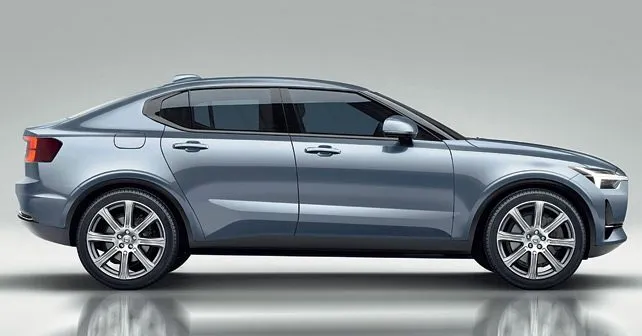
The XC40 will likely have various body styles, such as a more sporty avatar with a coupe-like roofline like you see above.
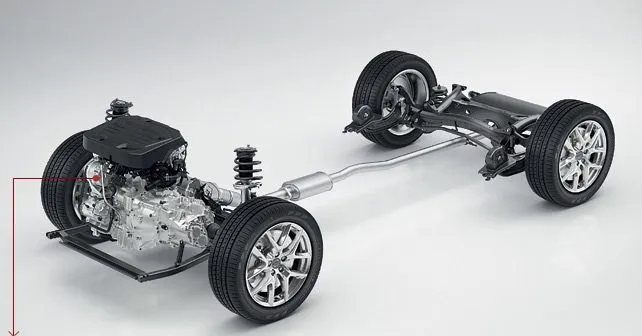
The 40 series of vehicles from Volvo will be based on the CMA modular architecture. In the larger image, you see it in its basic configuration – with a three-cylinder turbo petrol engine mated to a seven-speed dual-clutch transmission. This engine will also serve as the basis for a plug-in hybrid version. Plus, it’ll also be introduced as a pure electric vehicle (see below) – with batteries that will take up almost the entire space in the floor.
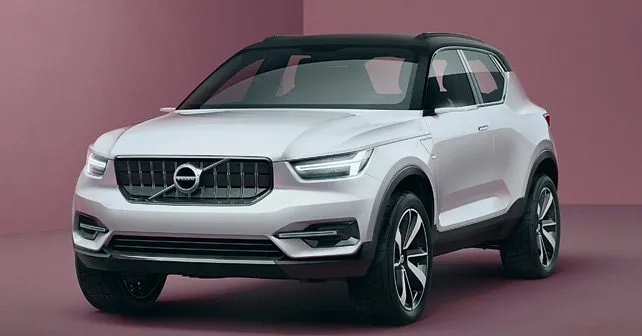
All the vehicles in the 40 series of models for Volvo – an SUV, and, most likely, a sedan – will be produced in China. Production will begin in late 2017.
© Riproduzione riservata
Also read: Volvo wins Best Brand Design Language Award
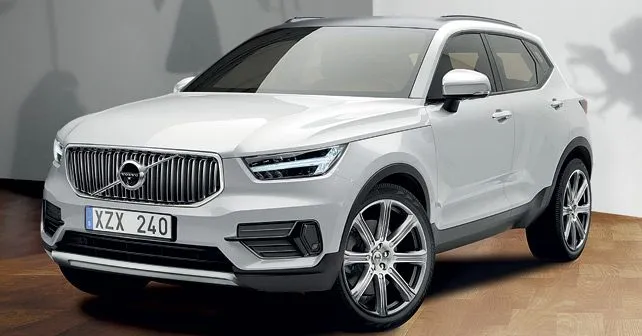
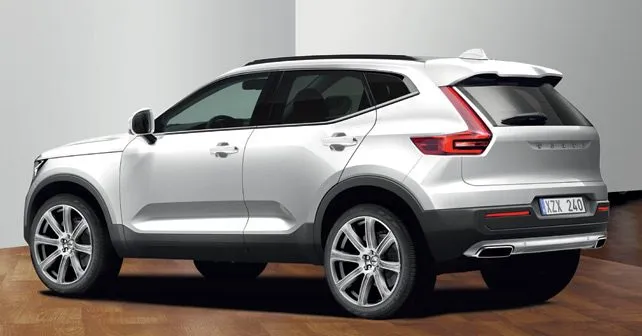

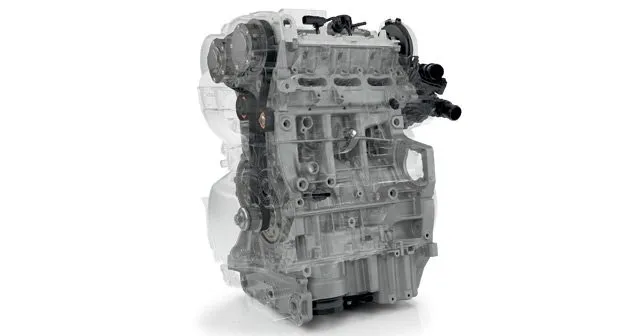
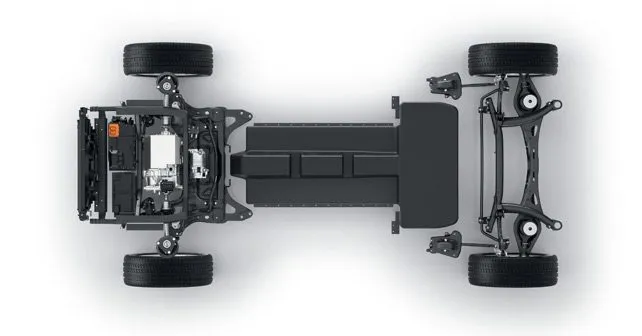


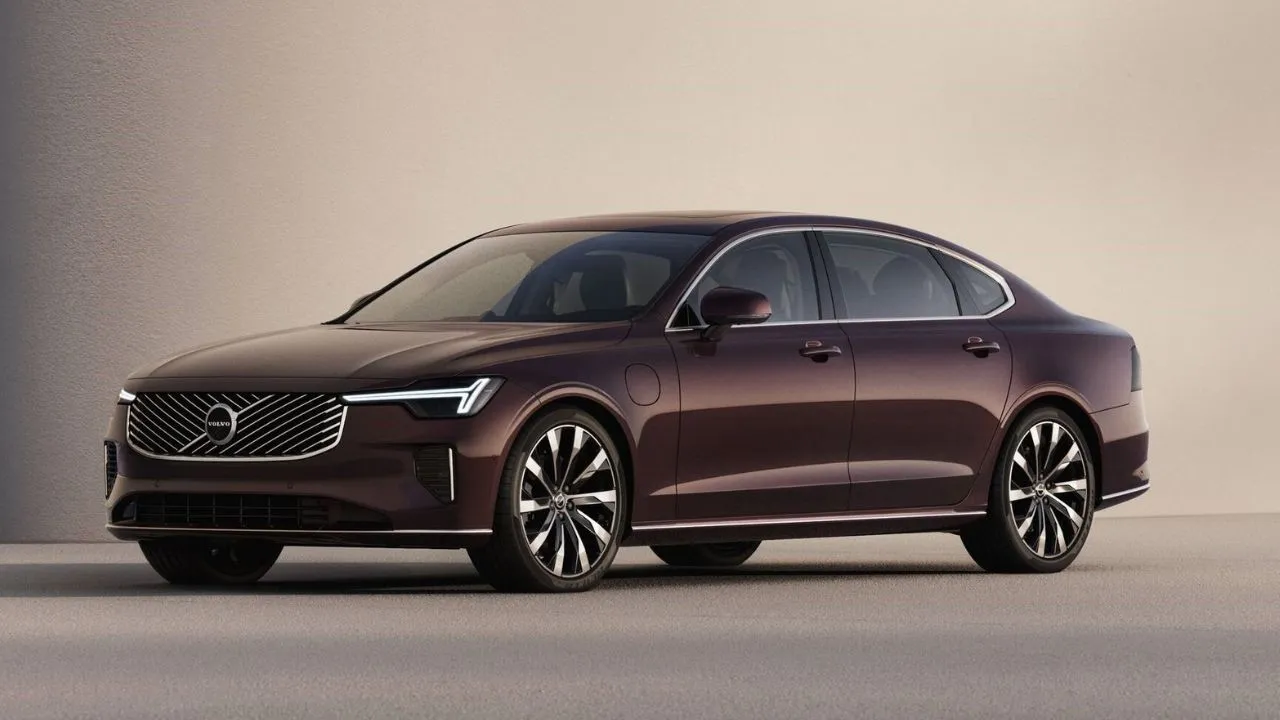
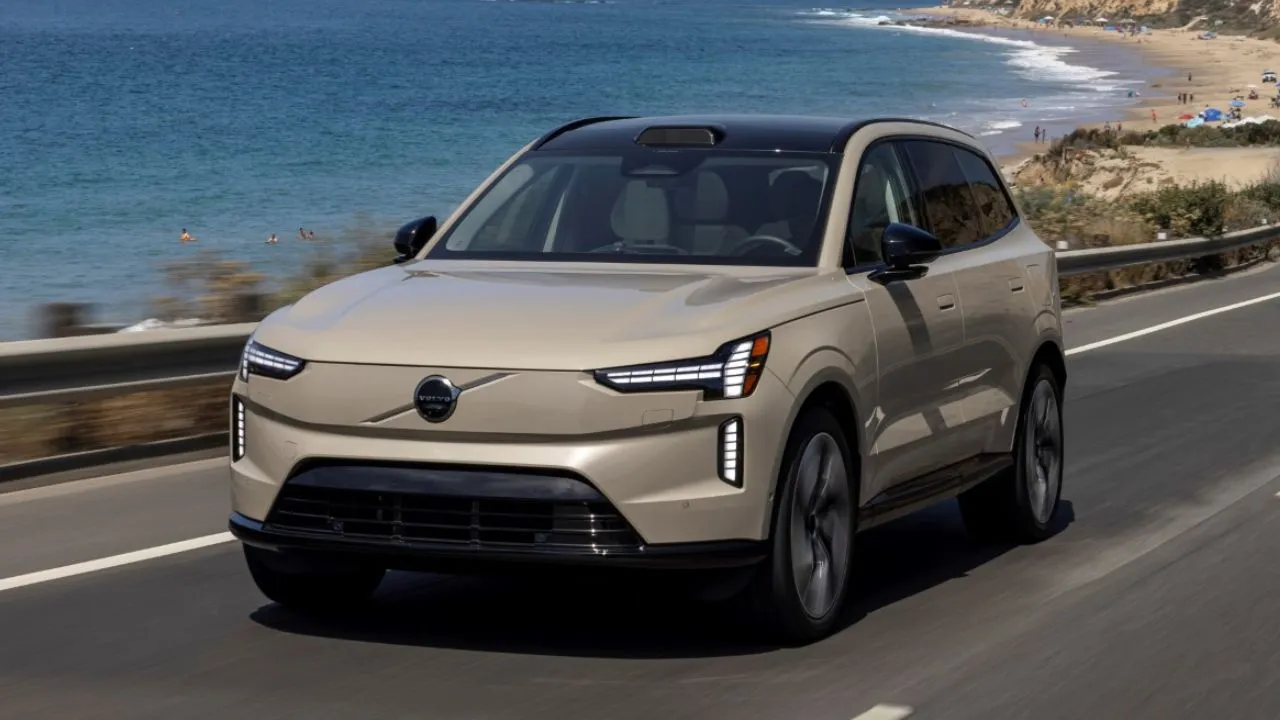

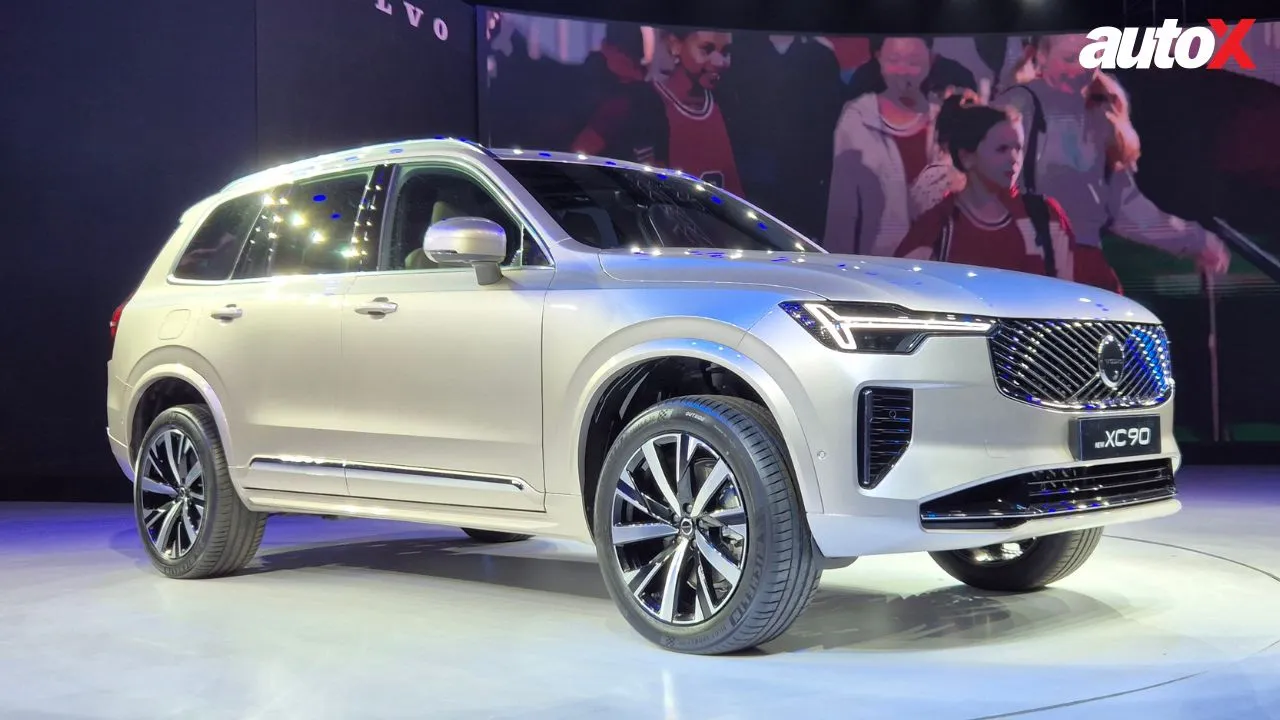
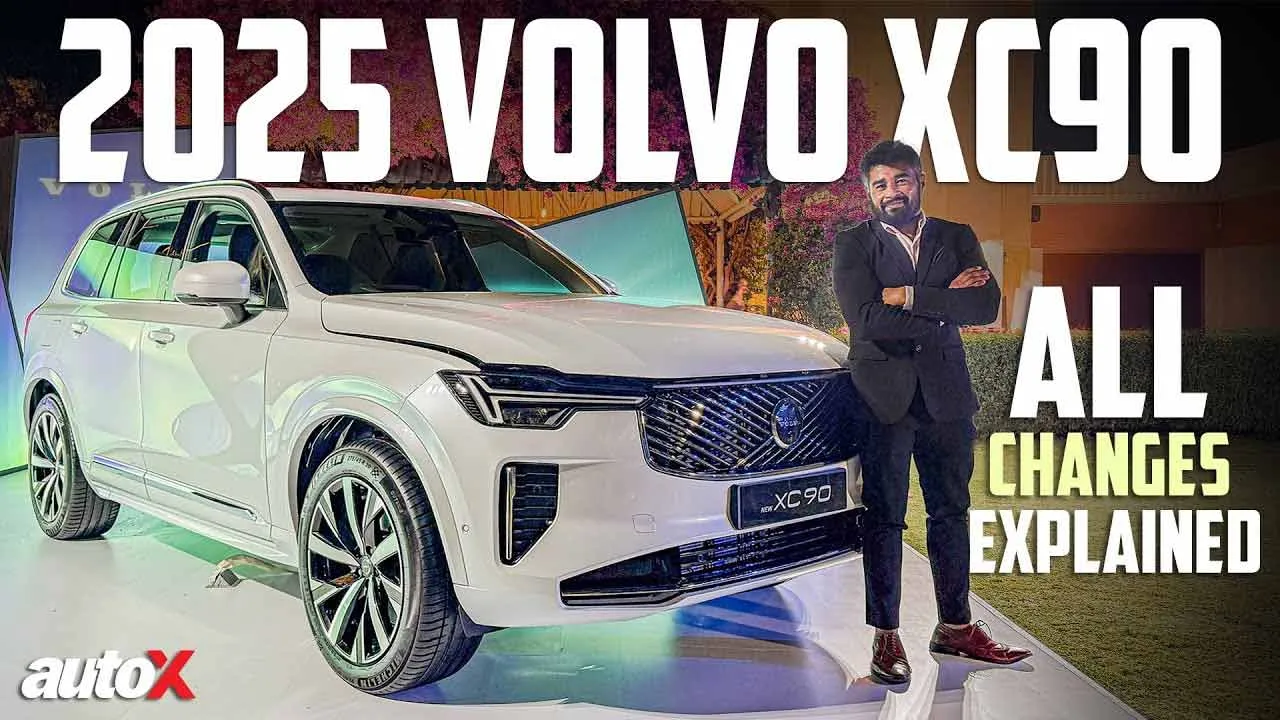


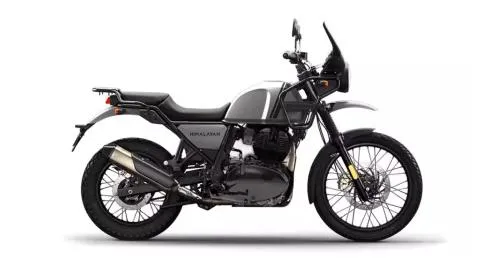


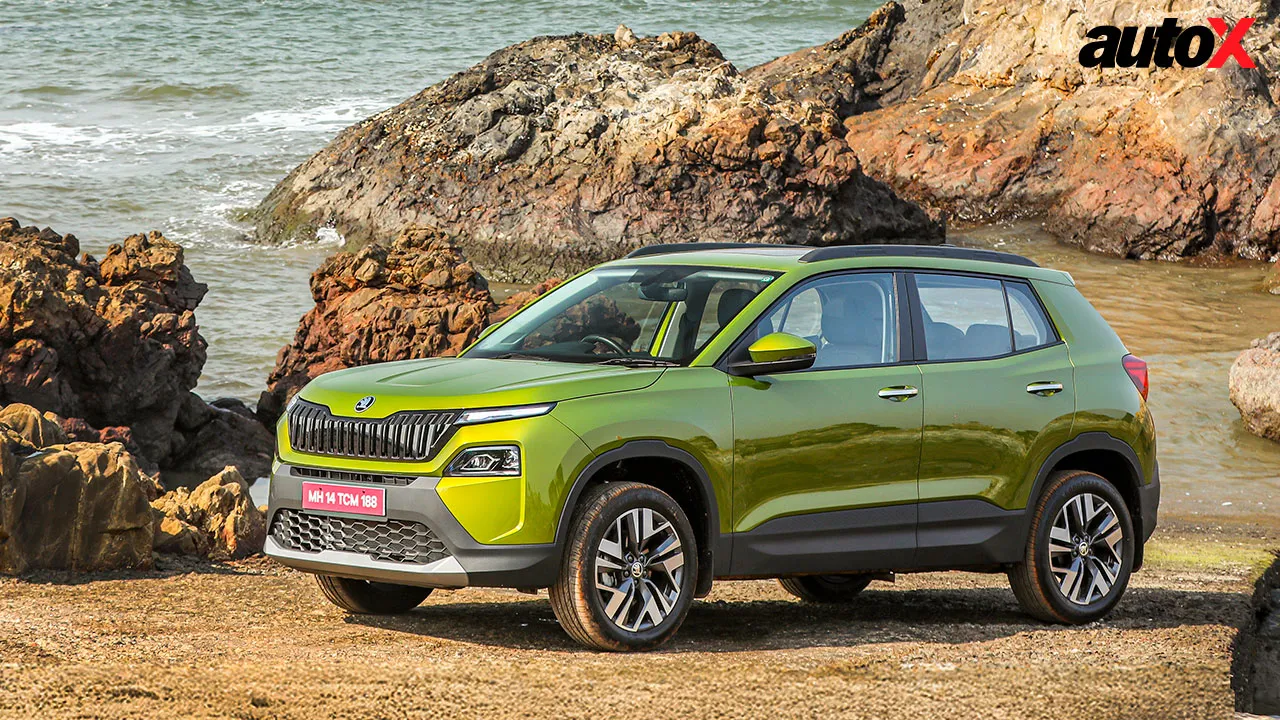
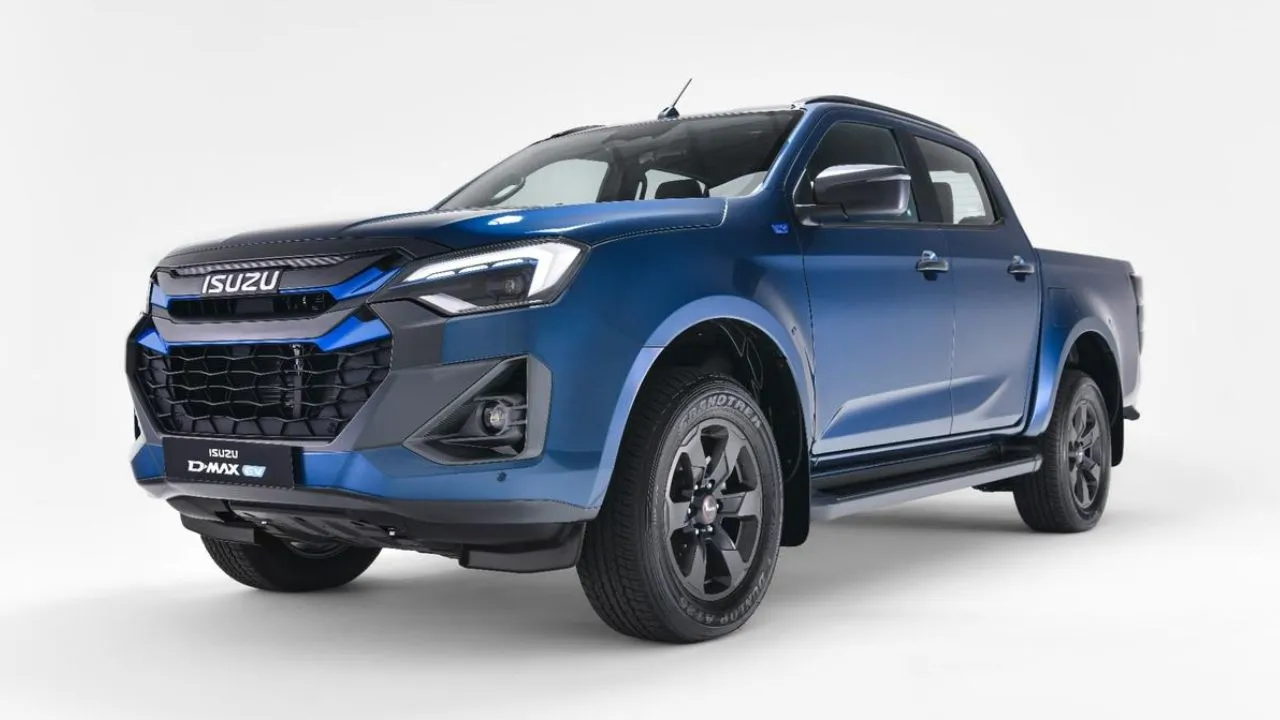
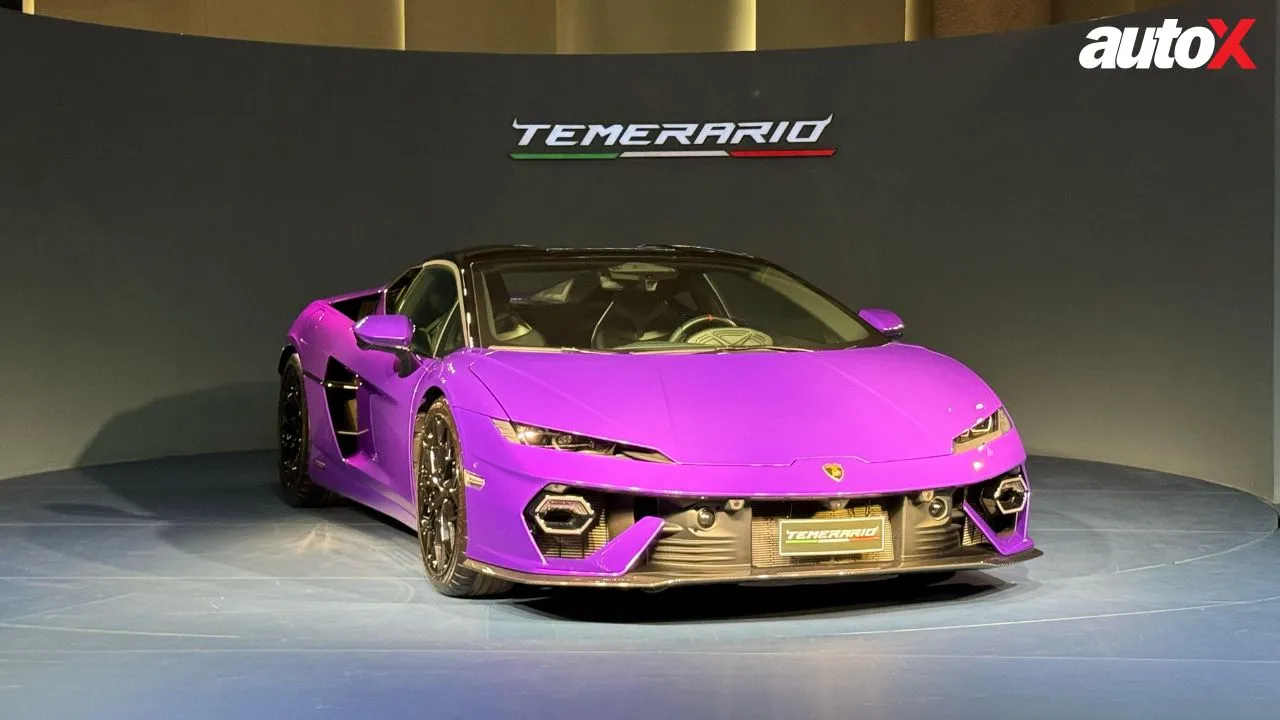







Write your Comment on